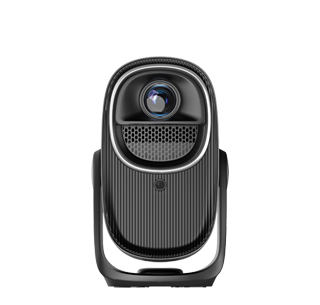
Projector screen parameters are essential specifications that determine the performance, functionality, and suitability of a screen for different projection needs. Understanding these parameters is crucial for selecting the right projector screen that can deliver optimal image quality and enhance the overall viewing experience.
One of the most important parameters is screen size. Measured diagonally, screen size is a key factor in determining the viewing distance and the field of view. Larger screens are suitable for larger audiences or venues, as they provide a more immersive viewing experience. However, they also require a greater viewing distance to avoid image distortion and ensure comfortable viewing. On the other hand, smaller screens are ideal for intimate settings or when space is limited. When choosing a screen size, it is important to consider the size of the room, the number of viewers, and the projection throw distance of the projector.
Aspect ratio is another significant parameter. The aspect ratio of a projector screen refers to the ratio of its width to its height. The most common aspect ratios are 4:3, 16:9, and 2.35:1. The 4:3 aspect ratio was widely used in the past for standard - definition televisions and computer monitors. However, with the prevalence of high - definition content, the 16:9 aspect ratio has become the standard for most modern projector screens, as it is compatible with HDTV, Blu - ray discs, and most digital media. The 2.35:1 aspect ratio, also known as widescreen or cinemascope, is often used for cinematic presentations and provides a more immersive, movie - like experience.
Gain is a parameter that measures the reflective properties of the projector screen. A screen with a gain of 1.0 reflects the same amount of light as a standard white surface. Screens with a gain higher than 1.0 reflect more light towards the audience, making the image appear brighter. However, higher - gain screens also have a narrower viewing angle, meaning that the image quality may degrade if viewed from the sides. Conversely, screens with a lower gain have a wider viewing angle but may appear less bright. The choice of gain depends on the ambient light conditions of the viewing environment. In well - lit rooms, a higher - gain screen may be preferred to ensure a bright and visible image, while in dark rooms, a lower - gain screen can provide a more natural and even image.
Viewing angle is the range of angles from which the screen can be viewed without significant loss of image quality. A wider viewing angle is desirable, especially in settings where viewers may be seated at different positions. Screens with a wide viewing angle ensure that the image remains clear, sharp, and evenly illuminated from various perspectives. This is particularly important in large venues or classrooms where viewers may be spread out.
Surface texture is another parameter that affects image quality. Screens can have a smooth, matte, or textured surface. Smooth surfaces provide a sharp and detailed image but may be more prone to glare in bright environments. Matte surfaces reduce glare and provide a more even distribution of light, making them suitable for rooms with ambient light. Textured surfaces, on the other hand, can help to diffuse light and reduce hotspots, but they may also slightly reduce the sharpness of the image.
In conclusion, understanding the parameters of projector screens is essential for making an informed decision when selecting a screen. By considering factors such as screen size, aspect ratio, gain, viewing angle, and surface texture, users can choose a projector screen that meets their specific projection needs and provides the best possible viewing experience.
Read recommendations:
HN30A Portable - HN Series Projector
Are Projectors Suitable for Business Travel
Bluetooth Adaptation for Projectors
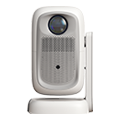
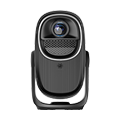

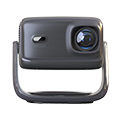
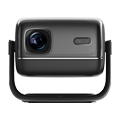
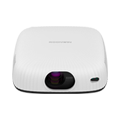
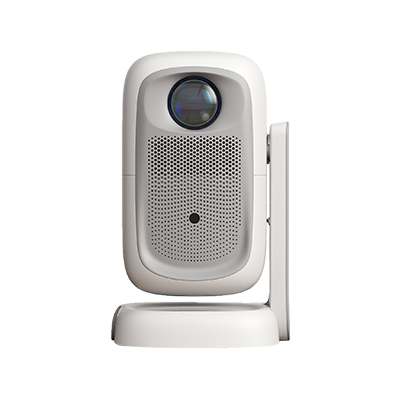
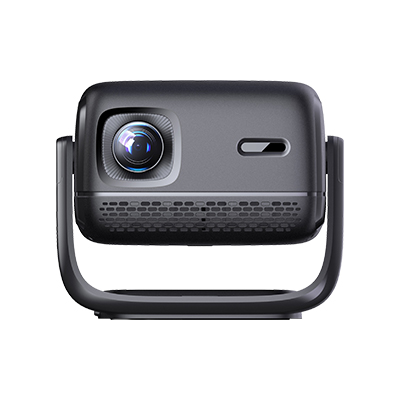
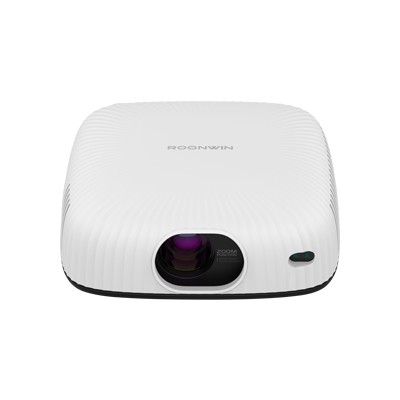









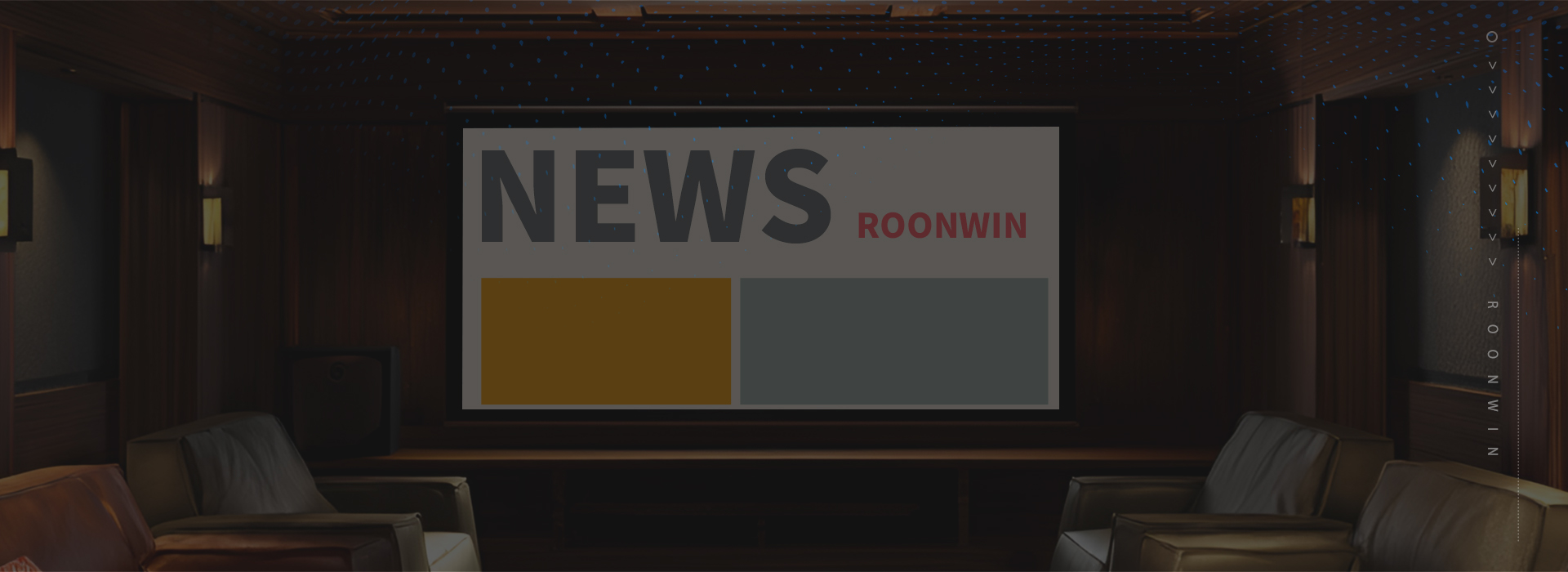
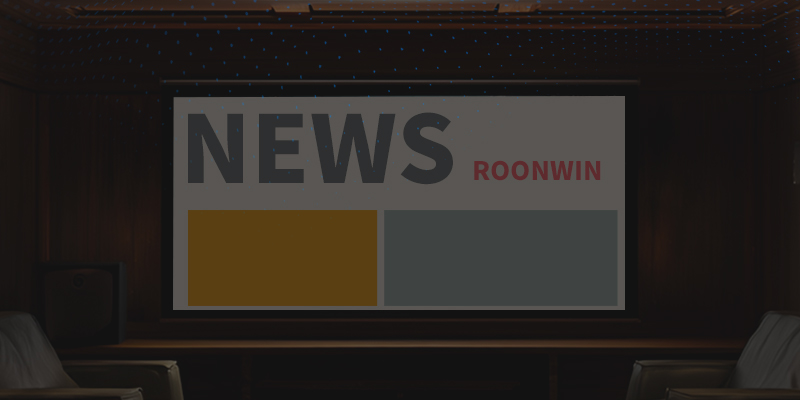
 Reviewed:
Reviewed:











